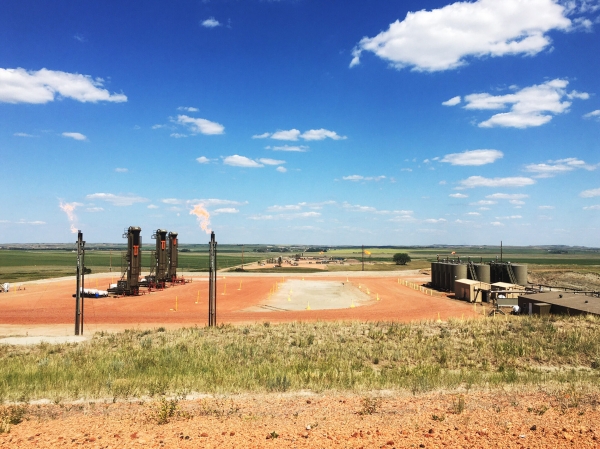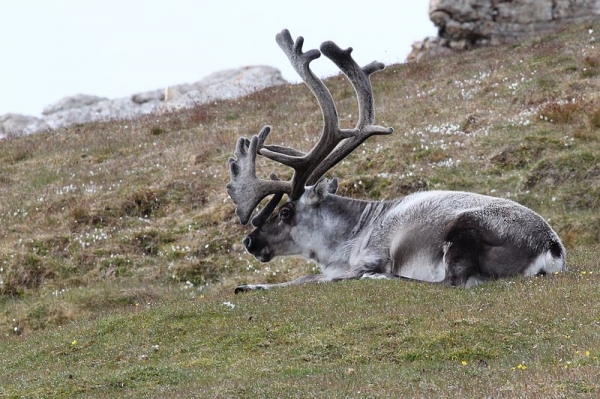

According to scientists, more snow fell in the arctic today than rain. But this is expected to reverse by the end of this century and as a result, more rain will fall in the Arctic.
A new study shows that the frequency of rain falling in the Arctic region could double by 2100!
The arctic along with Antarctica is one of the polar regions on earth. The arctic is located in the northern region of the earth. The Arctic is part of Alaska, Canada, Russia, and Greenland. While the planet warms, more rainfall is expected in the Arctic. This will mean that a new arctic will appear said Tingfeng Dou, a climate scientist at the University of Chinese Academy of Sciences and the lead author of the new study. This study was then published in a journal.
“Previously, precipitation was principally restricted to the edges of the Greenland ice sheet,” Dou said. “Later on, this will fundamentally change since precipitation will extend further into inland areas and be an impetus for additional removal of the ice sheet.”
The shift from a normal arctic to a much rainer arctic will increase the amount of ice melting. This could lead to sea levels rising!
Author: Sri Nihal Tammana
Source: American Geophysical Union
PC: Gary Bembridge via Wikimedia Commons


© copyright 2022 by Recycle My Battery